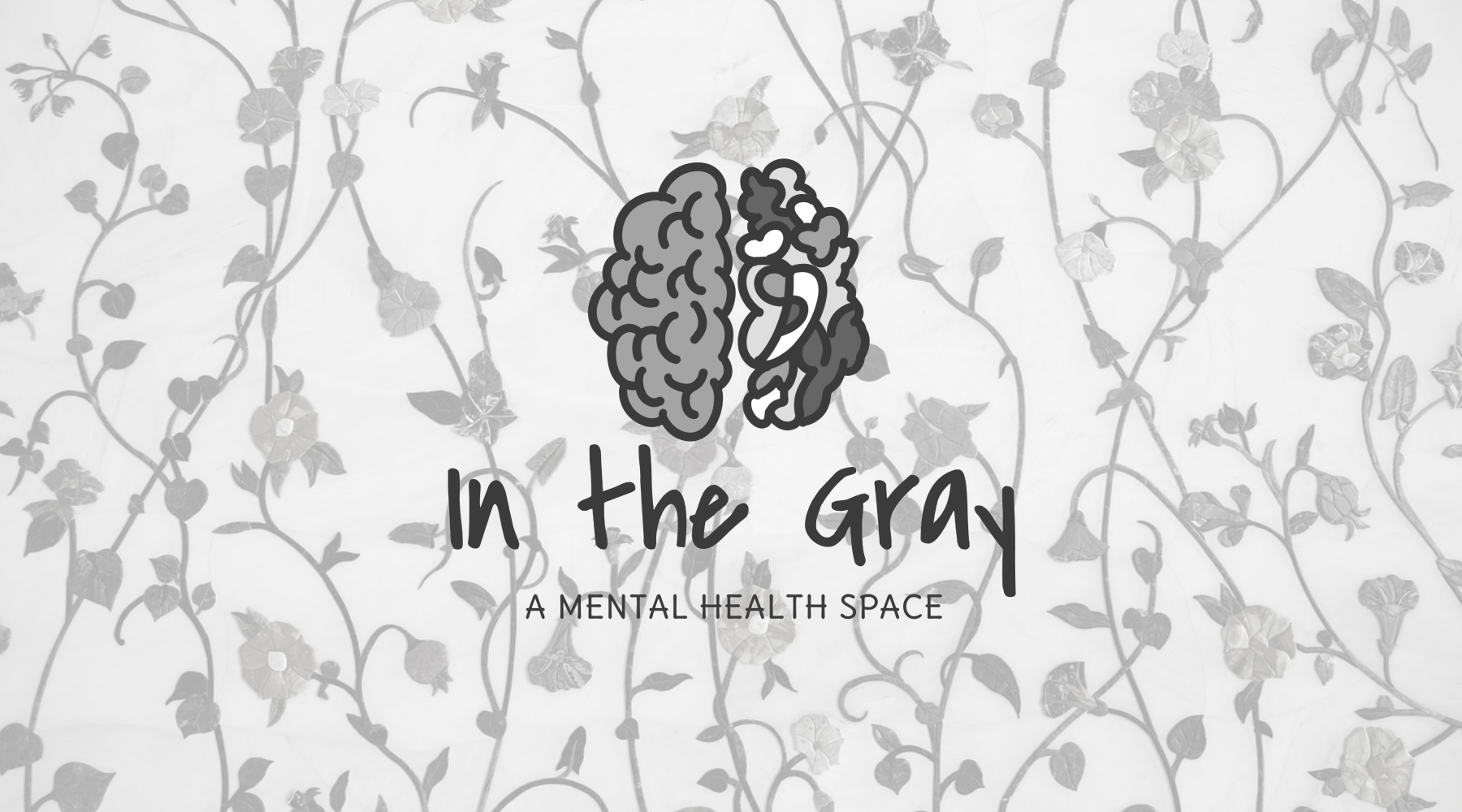Live in the Gray?
That's a great question, and something I have asked myself many times. It's a dialect that is seen very commonly in individuals diagnosed with Personality Disorders, especially Borderline Personality Disorder (BPD). The term splitting, which is the idea that a person is either all good, or at the opposite end of the spectrum, they are horrible. Because of the fact that this mental health condition comes with extreme mood swings as well as a tendency to view situations and people in extremes [1]. This is also referred to as the "Black" and "White" mentality.
While commonly discussed in terms of Cognitive Distortions in Cognitive Behavioral Therapy (CBT), Black-and-White thinking can also be quite apparent in individuals dealing with BPD and other PDs. There are no current fully accepted theories on why splitting exists, or why it is used heavily in those struggling with BPD and BPD symptomology. However, there are a few notable theories to discuss:
- Theory of Tension, Emotional Reactivity and Splitting [1]: Pec et al. (2014) looked into splitting with those treated for Schizophrenia and/or BPD. This study looked at both individual disorders and their unique experiences with the idea of splitting.
- The results showed that individuals with BPD and Schizophrenia had completely different reasons and mechanisms for splitting. Showcasing that those with BPD had more emotional tension than those with Schizophrenia. And those with Schizophrenia used splitting to help their mental cognition, rather than as a way to cope with emotional turbulence.
- Theory of Social Cognition and Splitting [2]: Fertuck et al. (2018) discovered more in regards to those with BPD and their fears of social consequences (Abandonment, Rejection...) and how that plays a role into their splitting experiences.
- The results showed that, in congruency with the Borderline Personality Organization (BPO) and the Object Relations Theory (ORT) that those with BPD are naturally going to find splitting to be a way to "rationalize" their emotional responses and fear.
- Object Relations Theory and Splitting [3]: Clarkin et al. (2007) states that our early life or our childhood life experiences are what shapes the way we view, and experience, the world around us.
- The results are still in the making, and still being looked into but they have found a solid link between Early Childhood Trauma and BPD. That is nothing new, especially in combination with the Biology-Psychology-Social (BioPsychoSocial) Model in Psychology and Pathology.
While it can make sense why someone with BPD, or other diagnoses similar, would use splitting and Black-and-White thinking, is it something we should encourage? It's hard to describe, but as someone who has dealt with both intensive Cognitive Behavioral Therapy (CBT) and Dialectical Behavioral Therapy (DBT), maybe I can provide some insight.
Both CBT and DBT want to minimize the usage of Cognitive Distortions and Splitting behaviors. And the reason is that it removes the individual from the realistic present. It is a form of dissociation to some, and for others a way of coping through hard situations (especially interpersonal ones). That doesn't mean it is inherently bad, or even good. But rather just a way to cope. Splitting can feel amazing in the moment, it feels like it's the truth. Or, maybe in fact it does not but we do it anyways. It's a unique experience to each person who suffers from its appearance.
So I've talked a lot about Splitting and Black-and-White thinking. But how can we learn to grow from it? How can we learn to rely less on it and instead focus on the "Gray" around us? That's the hard part. It's incredibly unique. But I can share my personal experiences with finding "The Middle Ground" and how to live "In the Gray". And this is my story and how I am managing to do so. This blog is going to share so much of this journey I've had the last 25 years, and even more so the last 10 years in therapy. And I hope you, the reader, can join me through this journey. And maybe we can learn a thing or two from one another.
Thank you for reading, stay subscribed for more content and blogging on the way. I hope to reunite and see you soon!
Terms and Acronyms List in this Post:
- Borderline Personality Disorder (BPD): A Cluster B Personality Disorder listed in the DSM-5-TR and is said to have traits of self-destructive behaviors, emotional instability, interpersonal conflict, and impulsivity
- Black-and-White Thinking: refers to a cognitive distortion where someone views situations, people, or events in extreme, all-or-nothing terms, without acknowledging nuances or middle ground, essentially seeing things as either completely good or completely bad; it's also called "dichotomous thinking" or "polarized thinking" where everything is categorized as either one extreme or the other, with no room for shades of gray
- Cognitive Behavioral Therapy (CBT): A form of therapeutic intervention that is typically used for individuals with Anxiety or Depression and focuses on reframing thoughts and behaviors
- Dialectical Behavioral Therapy (DBT): A form of therapeutic intervention that is typically used for individuals with Personality Disorders and focuses on impulsive behaviors, self-destructive actions and mindfulness
- Object Relations Theory (ORT): A Psychoanalytic Theory that focuses on Childhood development influences on our later behavior and relationship with ourselves and others
References in this Post:
- National Institute of Mental Health. (2022, April). Borderline personality disorder. Retrieved November 17, 2022, from https://www.nimh.nih.gov/health/topics/borderline-personality-disorder
- Pec, O., Bob, P., & Raboch, J. (2014). Splitting in schizophrenia and borderline personality disorder. PLOS ONE, 9(3), e91228. https://doi.org/10.1371/journal.pone.0091228
- Fertuck, E.A., Fischer, S., & Beeney, J. (2018). Social cognition and borderline personality disorder: Splitting and trust impairment findings. The Psychiatric Clinics of North America, 41(4), 613-632. doi: 10.1016/j.psc.2018.07.003.
- Clarkin, J.F., Lenzenweger, M.F., Yeomans, F., Levy, K.N., & Kernberg, O.F. (2007). An object relations model of borderline pathology. Journal of Personality Disorders, 21(5), 474-499. Retrieved from https://tarjomefa.com/wp-content/uploads/2019/05/9488-English-TarjomeFa.pdf
